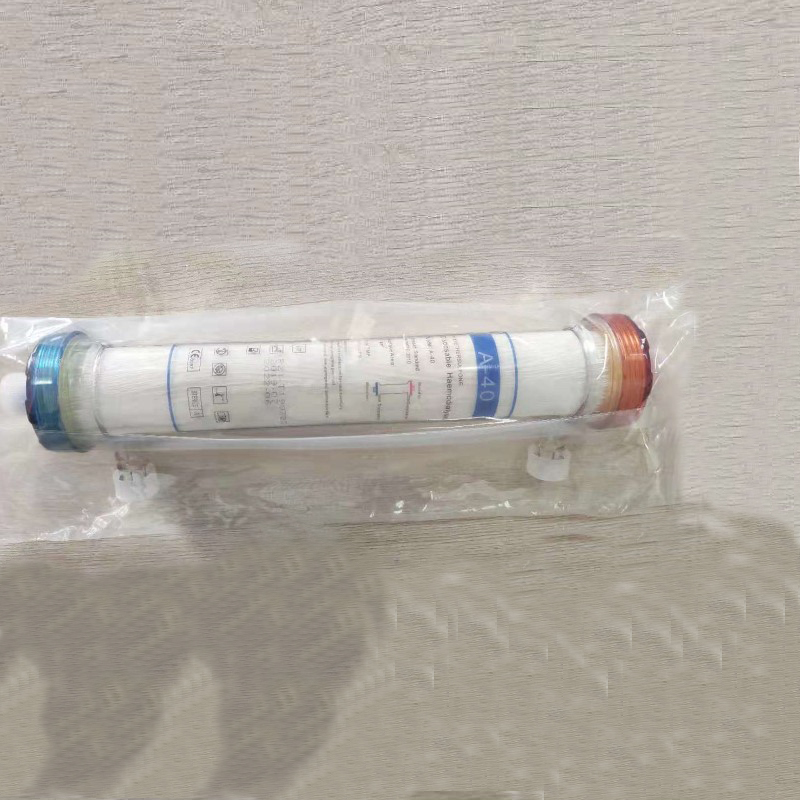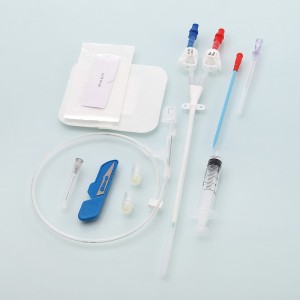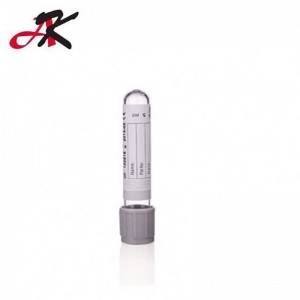Quality Assurance and Responsibility Limitation Disposable Haemodialyser
Prepration for dialysis treatment
If the dialyzate delivery system was chemically disinfected or sterilized prior to patient
use,be sure to test the dialysis machine for the absence of germioide residuals with a
test for this application,according to the manufacturers’ instructions.
Place the dialyzer in a vertical position, arterial end (red)down.
Install the arterial and venous bloodlines on the hemodialysis machine.
Remove any dialyzer blood protective caps and aseptically connect the arterial and
venous blood lines to the dialyzer.
Aseptically spike a 1 liter bag of 0.9% sterile normal saline with a clamped IV
administration set.Attach the IV administration set to the patient end of the arterial
bloodline.
Open the clamp on the IV set .Prime the arterial bloodline,dialyzer,and venous
bloodline using a blood pump speed of approximately 150ml/min. Discard the first
500ml of solution.The drip chambers should be maintained about 3/4 full.
Stop the blood pump. Clamp the arterial and venous bloodlines.Turn the dialyzer so
that the venous end is downward. Aseptically connect the patient ends of arterial and
venous blood lines together in preparation for recirculation.Open the clamps on the
bloodlines.
Verify that the dialyzate is within the prescribed conductivity limits with a calibrated
external conductivity meter.To identify situations where the acetate or acid and
bicarbonate concentrates are not properly matched,use PH paper or a meter to verify
that the approximate pH is in the physiologic range.
Attach the dialyzate line to the dialyzer.Fill the dialyzate compartment.In ordor to
maximize the efficiency of the dialyzer.the dialyzate flow must be countercurrent to
the blood flow.
Recirculate the blood side at a flow rate of 300-400ml/min and a dialyzate flow of
500ml/min for a minimum of 10-15 minutes Recirculate until all the air has been
purged from the system before connecting to patient.Continue recirculation and
dialyzate flow until patient connection.
Ultrafilter or flush an additional 500ml of 0.9% sterile normal saline so that the
extracorporeal circuit has been flushed with a minimum 1 liter of saline to minimize 4
sterilization residues.
Discard the prime solution when starting blood flow through the dialyzer.If the prime
solution must be given to the patient for volume enhancement ,replace the fluid in the
circuit with fresh saline just before attachment to the patient.
It is the responsibility of the Medical Director to assure that the residual levels are
acceptable.


















